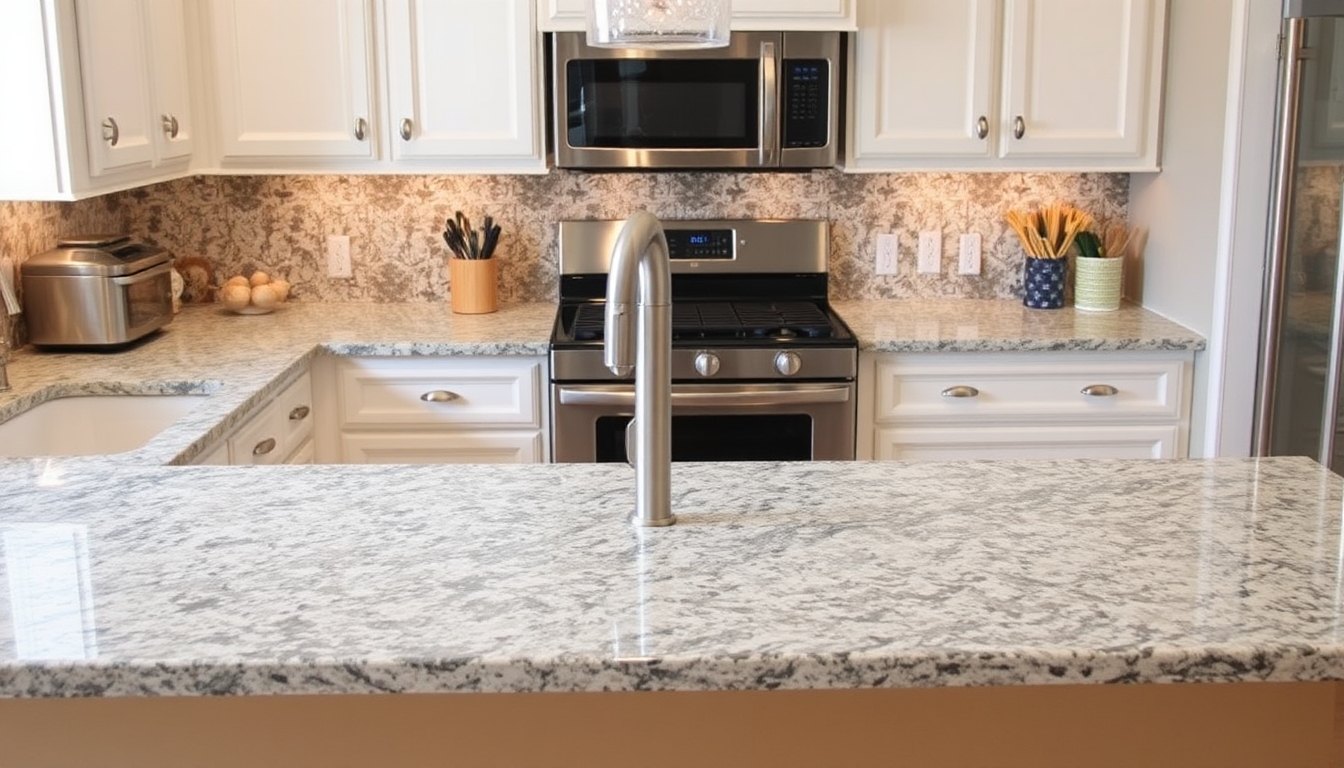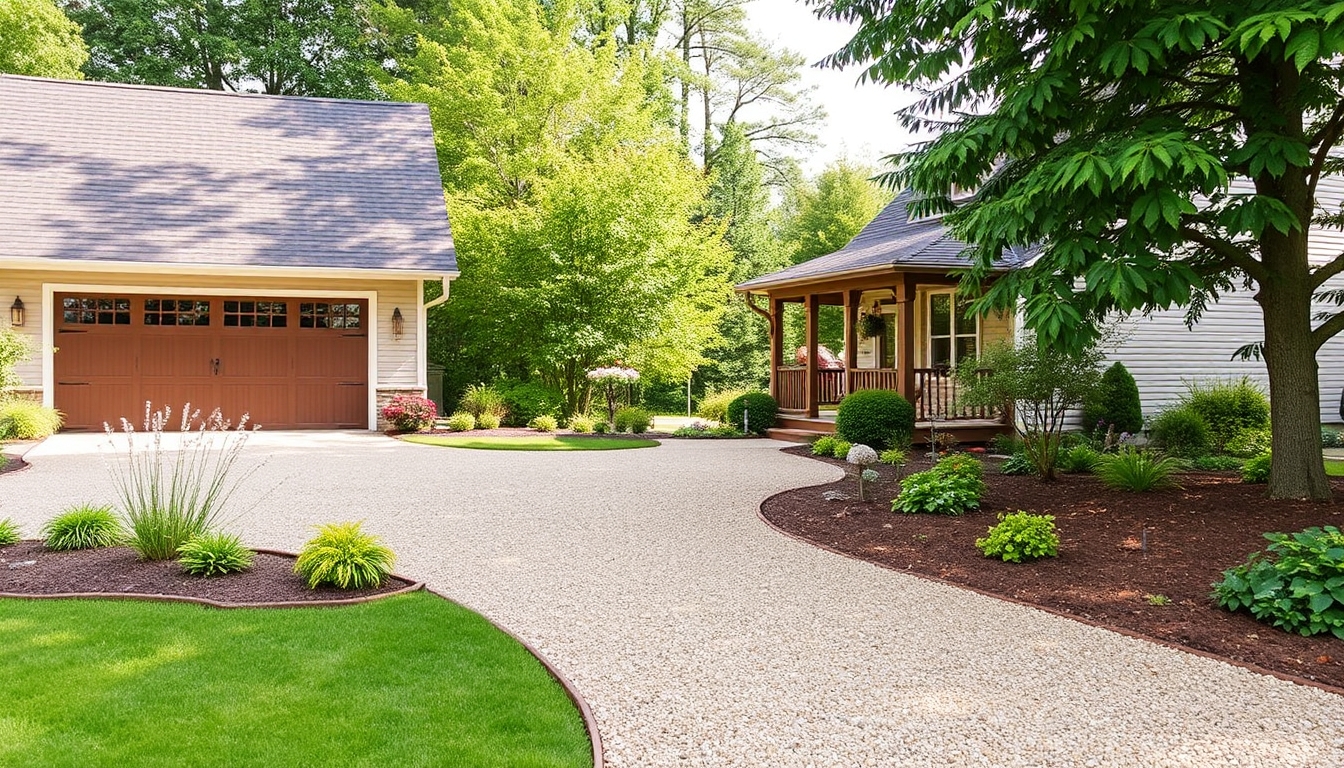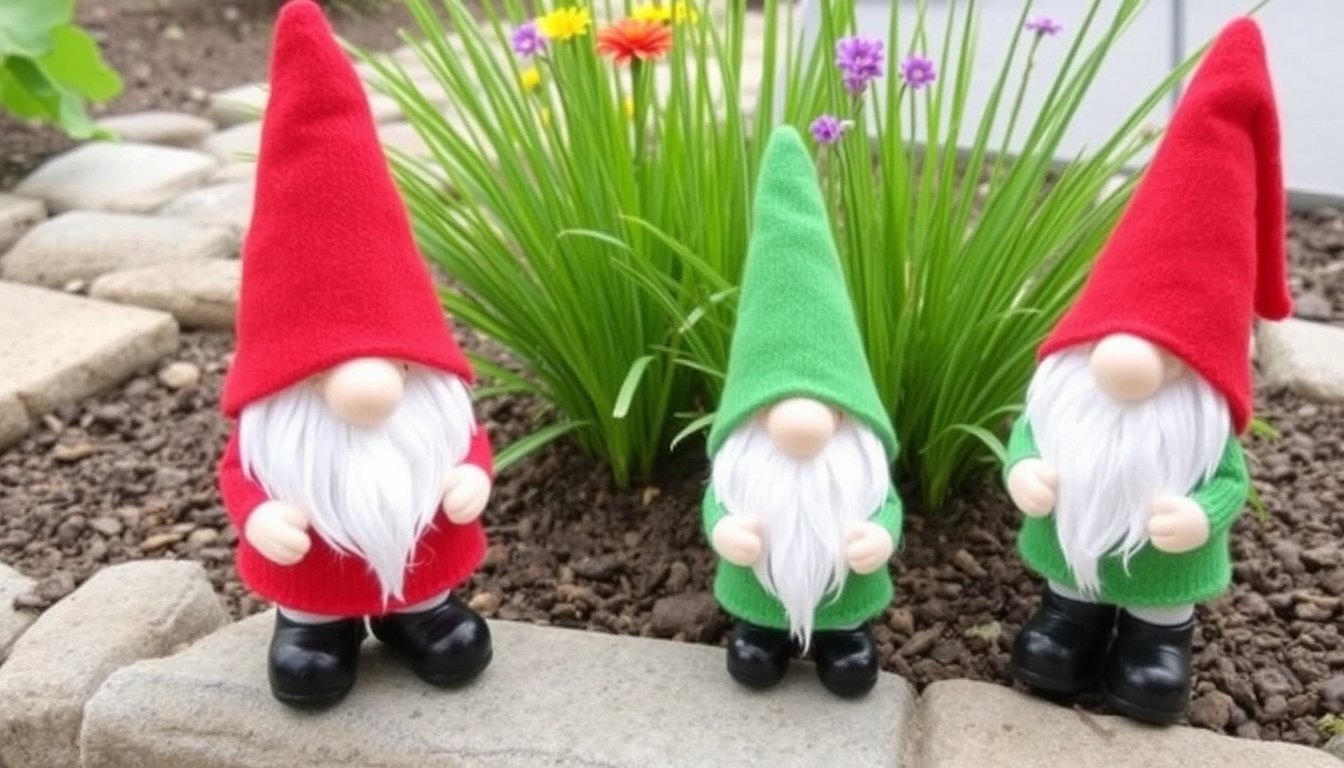Are you tired of the dull and lifeless look of your concrete floors? It’s time to give them a refreshing makeover with a DIY concrete stain! Whether you want to enhance the aesthetics of your indoor or outdoor space, concrete staining can be a cost-effective and rewarding solution. In this step-by-step guide, we’ll walk you through the entire process, from prepping the surface to applying the stain and protecting your newly transformed floors. Get ready to unleash your creativity and add a touch of elegance to your concrete surfaces with our easy-to-follow instructions. Let’s dive in and revamp your floors together!
Prepping Your Concrete Surface
Before diving into the exciting world of concrete staining, it’s crucial to prepare your surface properly. Follow these steps to ensure a smooth and successful staining process:
1. Clean the Surface
Start by removing all dirt, debris, and any existing coatings from the concrete. Use a broom or vacuum to get rid of loose particles, then scrub the surface with a mild detergent and water. Rinse thoroughly and allow it to dry completely before moving on to the next step.
2. Repair Any Damage
Inspect the concrete for any cracks, chips, or other damages. Fill in any gaps using a suitable concrete patching compound and a trowel. Smooth out the patched areas and let them dry according to the manufacturer’s instructions. Sand down any rough spots for a level surface.
3. Etch the Concrete
If your concrete is smooth or has previously been sealed, it’s crucial to etch the surface to allow better adhesion of the stain. Choose an etching solution suitable for your concrete type, following the manufacturer’s instructions. Apply the solution evenly with a brush or sprayer, then scrub the surface using a stiff bristle brush. Rinse thoroughly and let it dry completely.
4. Protect Surrounding Areas
Concrete staining can be a messy process, so take the necessary precautions to protect surrounding areas. Cover nearby walls, furniture, and landscaping with plastic sheets or drop cloths. Additionally, tape off any areas you don’t want to stain, such as baseboards or trim.
5. Test the Stain
Before applying the stain to the entire surface, it’s always wise to test it on a small, inconspicuous area. This will help you determine the desired color and ensure compatibility with your concrete. Allow the test area to dry completely and assess the results before proceeding.
By properly prepping your concrete surface, you’ll create the ideal foundation for a flawless and long-lasting stain application. Now that you’re ready, let’s move on to the exciting part – applying the concrete stain!
Applying the Concrete Stain
Now that your concrete surface is prepped and ready, it’s time to bring out the beauty with a stunning concrete stain. Follow these steps to achieve professional-looking results:
1. Choose the Right Stain
There are two main types of concrete stains: acid-based stains and water-based stains. Acid-based stains provide rich, variegated colors, while water-based stains offer a wider range of color options and are generally easier to work with. Consider your desired look and the specific requirements of your project when selecting the stain.
2. Prepare the Stain
Follow the manufacturer’s instructions to prepare the concrete stain. This may involve diluting the stain with water or mixing it with other additives. Ensure that the stain is thoroughly mixed to achieve uniform coloration.
3. Apply the Stain
Start by pouring the stain into a pump sprayer or a roller tray, depending on your preference and the size of the area you’re working on. Begin applying the stain in a consistent and even manner, working in small sections. Use a brush or roller to spread the stain evenly, making sure to overlap each stroke slightly for a seamless finish.
4. Create Depth with Multiple Coats
If you desire a more intense color or greater depth, consider applying multiple coats of stain. Allow each coat to dry completely before applying the next. Remember to follow the manufacturer’s instructions regarding drying times between coats.
5. Add Decorative Accents (Optional)
If you want to add a touch of creativity to your stained concrete surface, consider incorporating decorative accents. These can include stenciled designs, patterns, or even faux finishes. Apply these accents after the base stain has dried, following the specific instructions for your chosen decorative technique.
By following these steps, you’ll be well on your way to transforming your plain concrete surface into a stunning focal point. Next, we’ll explore how to protect your newly stained concrete to ensure its longevity and durability.
Protecting Your Stained Concrete
After putting in the effort to stain your concrete surface, it’s crucial to protect it to maintain its beauty and longevity. Follow these steps to ensure your stained concrete stands the test of time:
1. Allow Sufficient Drying Time
Once you’ve applied the final coat of stain, allow ample time for it to dry completely. Follow the manufacturer’s instructions for recommended drying times, as they may vary depending on the type of stain used and environmental conditions.
2. Apply a Concrete Sealer
To enhance the durability and protectiveness of your stained concrete, apply a high-quality concrete sealer. Choose a sealer that is specifically designed for stained concrete and follow the manufacturer’s instructions for application. Typically, this involves using a paintbrush or roller to evenly coat the surface.
3. Consider a Topcoat (Optional)
If you desire additional protection or want to achieve a specific sheen, consider applying a topcoat over the sealed stained surface. Topcoats can provide extra resistance against stains, abrasion, and UV damage. Ensure that the topcoat is compatible with both the stain and sealer used.
4. Regularly Maintain Your Stained Concrete
To keep your stained concrete looking its best, establish a regular maintenance routine. This may include sweeping or vacuuming to remove debris, mopping with a mild detergent, and promptly addressing any spills or stains. Avoid using harsh chemicals or abrasive cleaners that could damage the stain or sealer.
5. Monitor and Reapply as Needed
Over time, the sealer on your stained concrete may wear off due to foot traffic or exposure to the elements. Monitor the condition of your stained surface and be prepared to reapply the sealer as necessary. This will help maintain its protective properties and prolong the life of your stained concrete.
By taking these steps to protect and maintain your stained concrete, you can enjoy its beauty and durability for years to come. Now that you have the knowledge and know-how, it’s time to embark on your own DIY concrete staining project with confidence!
Conclusion: Unleash Your Creativity with DIY Concrete Staining
Concrete staining is an excellent way to transform your dull and lifeless concrete surfaces into stunning works of art. With the right preparation, application, and protection, you can achieve professional-looking results right at home. By following the steps outlined in this guide, you’ll be able to revamp your floors and add a touch of elegance to your indoor or outdoor space.
Embrace the Possibilities
One of the greatest advantages of DIY concrete staining is the freedom to unleash your creativity. Experiment with different colors, patterns, and decorative accents to create a unique and personalized look that reflects your style. Whether you prefer a subtle and elegant aesthetic or a bold and vibrant statement, the possibilities are endless.
Cost-Effective and Rewarding
Not only is concrete staining a cost-effective alternative to expensive flooring options, but it is also a rewarding DIY project that allows you to take pride in your own handiwork. With some patience and attention to detail, you can achieve professional-level results without breaking the bank.
Long-Lasting Beauty
By properly prepping, applying, and protecting your stained concrete, you can enjoy its beauty for years to come. The combination of a well-executed staining process and regular maintenance will ensure that your stained concrete remains vibrant and durable, even in high-traffic areas.
So, what are you waiting for? It’s time to embark on your own DIY concrete staining adventure and breathe new life into your floors. Follow this guide, unleash your creativity, and enjoy the transformative power of stained concrete in your home or outdoor space!
FAQs: Addressing Common Concerns about DIY Concrete Staining
1. Is concrete staining suitable for both indoor and outdoor surfaces?
Yes, concrete staining is suitable for both indoor and outdoor surfaces. However, it’s important to choose the right type of stain and sealer that is specifically designed for the intended application. Outdoor stains are typically more resistant to UV rays and weathering.
2. Can I stain already painted or sealed concrete?
Staining over painted or sealed concrete can be challenging as the stain may not adhere properly. It’s recommended to remove any existing paint or sealer before staining. This can be done through sanding, grinding, or using a chemical stripper.
3. Will concrete staining cover up imperfections on the surface?
Concrete staining can partially cover up minor imperfections on the surface, such as small cracks or discoloration. However, it’s important to note that stains are translucent, so they won’t completely hide major flaws or repair structural issues. Proper surface preparation is key to achieving the best results.
4. How long does the staining process take?
The time required for the staining process can vary depending on factors such as the size of the area, the number of coats applied, and the drying time between coats. In general, it can take a few days to complete the entire process, including surface preparation, staining, and applying the sealer.
5. Can I walk on the stained surface immediately after applying the stain?
No, it’s important to allow the stain to dry completely before walking on the surface. The drying time can vary depending on the type of stain and environmental conditions. It’s best to follow the manufacturer’s instructions for recommended drying times.
6. How do I clean and maintain stained concrete?
To clean stained concrete, use a mild detergent and water solution. Avoid using abrasive cleaners or harsh chemicals that can damage the stain or sealer. Regular sweeping and mopping will help maintain its appearance. If needed, you can reapply the sealer periodically to keep the surface protected.
These FAQs address some of the common concerns and questions regarding DIY concrete staining. By understanding these aspects, you can proceed with confidence and achieve beautiful results in your concrete staining project.
Explore the Endless Possibilities of DIY Concrete Staining
Concrete staining is not only a practical solution for revamping your floors, but it also offers endless possibilities for creative expression. Here are a few ideas to inspire your DIY concrete staining projects:
1. Mottled and Variegated Look
Embrace the natural beauty of concrete by opting for a mottled and variegated look. Acid-based stains can create stunning effects, mimicking the appearance of marble or stone. Experiment with different stain colors and application techniques to achieve a unique and captivating finish.
2. Geometric Patterns
Add a modern and artistic touch to your floors by incorporating geometric patterns. Use stencils or tape to create clean lines and precise shapes. Combine different stain colors to enhance the contrast and create eye-catching designs. This is a great option for contemporary spaces or areas that need a bold focal point.
3. Earthy and Natural Tones
If you prefer a more earthy and natural aesthetic, opt for warm and neutral stain colors. Think of rich browns, reddish terracotta, or soft gray tones. These colors can complement various interior styles, from rustic farmhouse to Scandinavian minimalism.
4. Faux Tile or Stone Effect
With the right stain colors and techniques, you can transform your concrete floors into the look of expensive tiles or natural stone. Create the illusion of a tiled mosaic or a sophisticated travertine surface. This is a cost-effective alternative to achieve the desired aesthetic without the high price tag.
5. Colorful and Vibrant Statements
If you’re feeling adventurous, why not go for bold and vibrant colors? Water-based stains offer a wide range of color options, allowing you to create a truly unique and eye-popping statement. Let your creativity run wild and bring a burst of color to your space.
Remember, the key to successful DIY concrete staining is to experiment, have fun, and let your personal style shine. Whether you prefer a classic look or want to push the boundaries of design, concrete staining offers a versatile and exciting canvas for your creativity.
Conclusion: Transform Your Space with DIY Concrete Staining
Concrete staining is a fantastic way to breathe new life into your floors and elevate the overall aesthetic of your space. With its versatility, cost-effectiveness, and endless design possibilities, DIY concrete staining allows you to unleash your creativity and achieve stunning results.
Enhancing Aesthetics and Durability
By choosing the right stain colors, application techniques, and protective measures, you can transform your concrete surfaces into visually captivating features. Additionally, the application of a high-quality sealer helps enhance the durability of your stained concrete, making it resistant to stains, abrasion, and UV damage.
A Rewarding DIY Project
Undertaking a DIY concrete staining project is not only cost-effective but also rewarding. It allows you to take pride in your own handiwork and create a space that reflects your unique style and personality. With proper preparation, application, and maintenance, you can achieve professional-level results without the need for expensive professionals.
Unleash Your Creativity
Concrete staining offers endless opportunities for creativity and design expression. Whether you prefer a subtle and elegant look or a bold and vibrant statement, you have the freedom to experiment with colors, patterns, and decorative accents. Let your imagination run wild and create a space that truly reflects your vision.
So, why settle for dull, uninspiring floors when you can transform them into works of art? Embrace the beauty and versatility of DIY concrete staining, and watch as your space undergoes a remarkable and stunning transformation.
Expert Tips for a Successful DIY Concrete Staining Project
1. Test, Test, Test
Before diving into your main project, always conduct a test on a small, inconspicuous area. This will help you ensure that the stain color and application technique yield the desired results. It’s better to make any necessary adjustments on a small scale rather than being disappointed with the outcome on a larger surface.
2. Take Time for Surface Preparation
Proper surface preparation is crucial for a successful staining project. Take the time to clean, repair, and etch the concrete surface as recommended. This will ensure better adhesion of the stain and a more even application. Rushing through this step can lead to subpar results.
3. Apply Stain in Thin Coats
When applying the stain, it’s important to avoid heavy coats. Instead, apply thin and even layers to achieve a more natural and variegated look. Multiple thin coats also enable you to build up the desired color intensity gradually.
4. Protect Yourself and Your Space
Concrete stains can contain chemicals that may be harmful if inhaled or come into contact with the skin. Always wear protective clothing, gloves, and a respirator mask when working with stains and sealers. Additionally, protect surrounding areas from accidental spills or splatters by using drop cloths or plastic sheets.
5. Follow Manufacturer’s Instructions
Every stain and sealer product may have specific instructions regarding application, drying time, and maintenance. It’s important to read and follow the manufacturer’s instructions carefully to ensure the best results. Deviating from these guidelines could lead to issues such as improper color development or reduced durability.
6. Regularly Maintain Your Stained Concrete
Maintaining your stained concrete is essential for its long-term durability and appearance. Follow a routine cleaning schedule and promptly address any spills or stains. Avoid using harsh chemicals or abrasive cleaners that could damage the stain or sealer. Regular maintenance will help preserve the beauty of your stained concrete for years to come.
By incorporating these expert tips into your DIY concrete staining project, you can set yourself up for success and achieve professional-looking results. Enjoy the process, unleash your creativity, and create a space that truly reflects your personal style.
In conclusion, DIY concrete staining is a versatile and cost-effective way to transform your floors and enhance the overall aesthetic of your space. By following the steps outlined in this guide, you can achieve professional-looking results and unleash your creativity. Whether you prefer a subtle and elegant look or a bold and vibrant statement, concrete staining offers endless possibilities for design expression.
Remember to properly prepare your surface, choose the right stain and sealer, and protect your stained concrete to ensure its longevity. Regular maintenance and adherence to manufacturer’s instructions will help preserve the beauty and durability of your stained floors for years to come.
So, why settle for ordinary floors when you can have extraordinary ones? Take the leap and embark on your own DIY concrete staining project. Let your imagination soar and create a space that truly reflects your unique style and personality. Enjoy the process, embrace the creativity, and be amazed at the transformation that awaits your floors!





